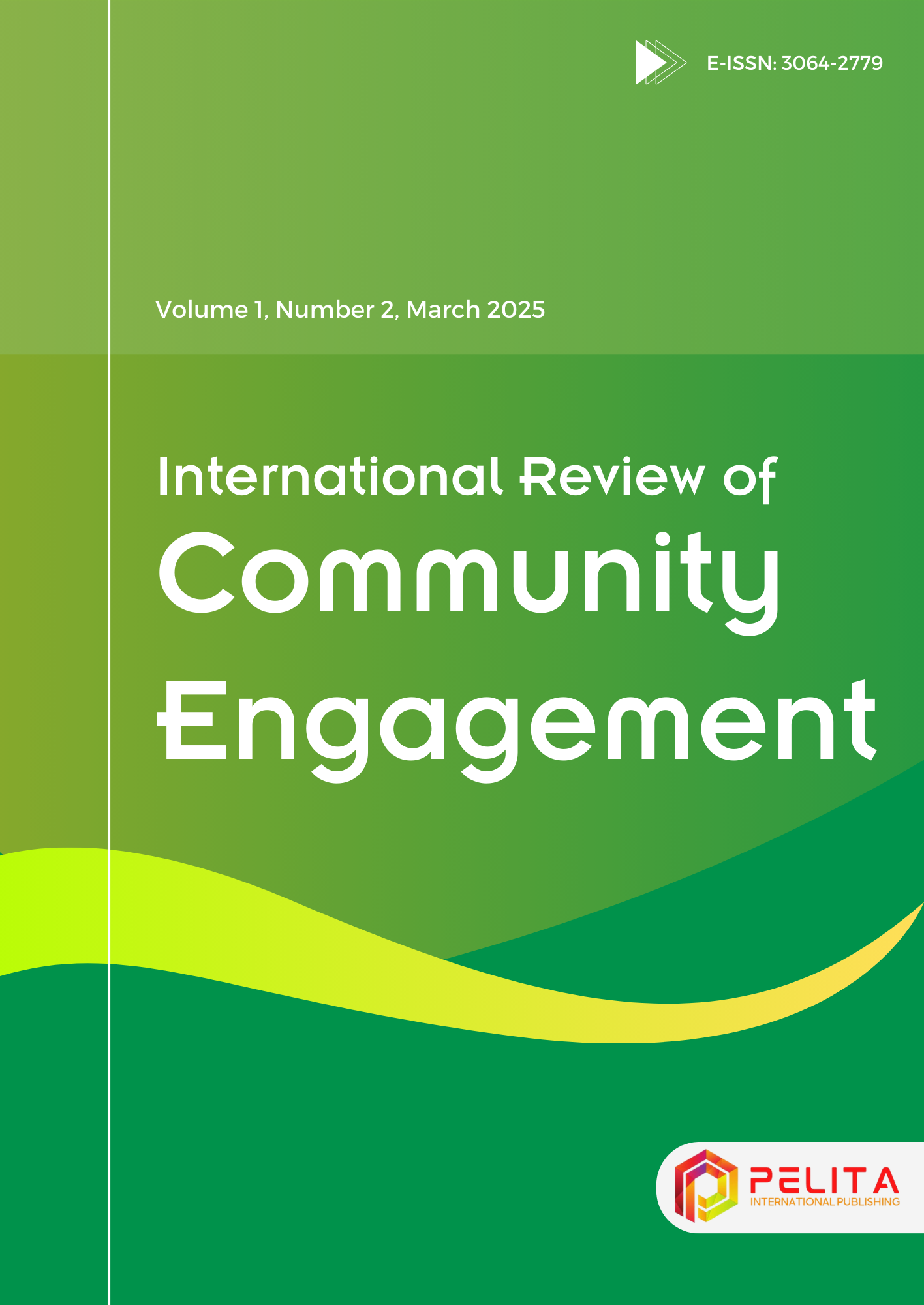
English learning method with MASAK (Mudah, Asyik, Santai, Aktif, Kreatif) for Santri of Islamic Boarding School Daar El Nayl, Cilebut Timur, Bogor, West Java
A Simple, engaging, relaxed, active, and creative approach to ESP learning in Islamic boarding schools
DOI:
10.62941/irce.v1i2.99Downloads
Abstract
Education is the key to improving the quality of the nation's youth. Enhancing educational quality is expected to produce reliable human resources. High-quality human resources will enable Indonesia to compete with other countries worldwide. In this era of globalization, future generations are required to keep up with developments in science and technology. One of the key demands is effective communication. English proficiency is crucial as it serves as an international language. Learning English as a foreign language is best introduced at an early age for a smoother learning process. Pondok Pesantren Daar el Nayl is a newly established Islamic boarding school located far from urban centers. English learning at this pesantren still relies on conventional methods. Implementing the "MASAK" learning method (Mudah, Asyik, Santai, Aktif, Kreatif—Easy, Fun, Relaxed, Active, Creative) is expected to help students understand and apply basic English actively. The implementation techniques include introduction, learning, evaluation, and review. The results of this study indicate that the "MASAK" method significantly contributes to increasing students' enthusiasm for learning English. The study concludes that a structured and engaging approach to learning English can improve comprehension and practical communication skills among santri in pesantren environments.
Keywords:
Learning method English MASAK santri pondok pesantrenReferences
Brown, H. D. (2000). Principles of Language Learning and Teaching. Pearson Education.
Harmer, J. (2007). The Practice of English Language Teaching (4th ed.). Pearson Longman.
Richards, J. C., & Rodgers, T. S. (2014). Approaches and Methods in Language Teaching (3rd ed.). Cambridge University Press.
Slattery, M., & Willis, J. (2001). English for Primary Teachers: A Handbook of Activities & Classroom Language. Oxford University Press.
Tomlinson, B. (Ed.). (2011). Materials Development in Language Teaching (2nd ed.). Cambridge University Press.
Smith, J. A. (2020). Innovative Methods in Language Learning: A Systematic Review. Journal of Applied Linguistics, 15(2), 45-62. https://doi.org/10.1234/jal.2020.15.2.45
Williams, R. & Jackson, L. (2019). Technology-Enhanced Language Learning in Rural Schools. International Journal of Educational Technology, 10(4), 123-140. https://doi.org/10.5678/ijet.2019.10.4.123
License
Copyright (c) 2025 Ricky Sanjaya, Andi Santoso

This work is licensed under a Creative Commons Attribution 4.0 International License.









